|
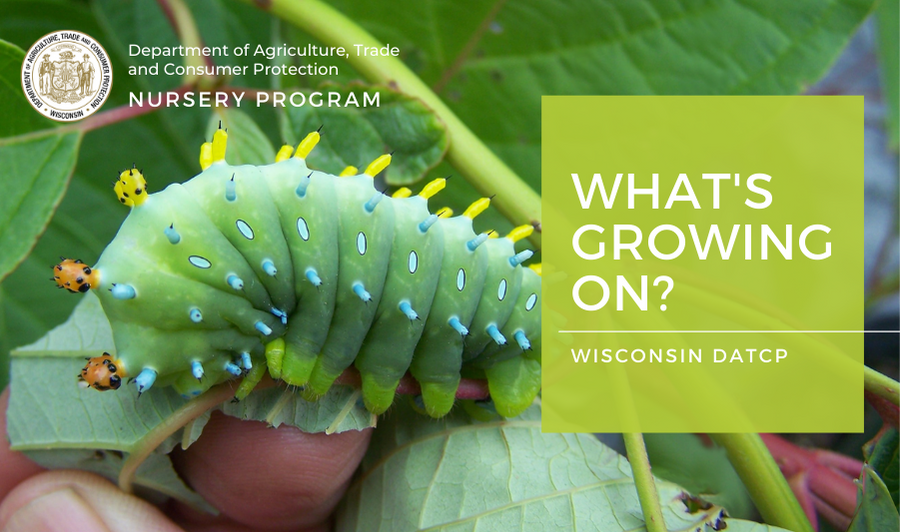 _____________________________________
Dear Wisconsin nurseries, Christmas tree growers, and gardeners:
Growing degree days (GDD)(simple B50) as of May 13 were 35 in Bayfield, 87 in Cumberland, 76 in Medford, 154 in Hancock, 168 in Green Bay, 253 in Racine, 253 in Madison, 226 in La Crosse and 332 in Dubuque, IA. A few pests in vulnerable-to-treatment stages include fletcher scale, spongy moth, boxwood psyllid, spruce spider mites, and zimmerman pine moth at 100-200 GDDs and pine needle scale and maple spider mite at 200-300 GDDs. Other pests soon to be in vulnerable stages include lilac borer, oystershell scale (brown), euonymus caterpillar at 275-500 GDDs and black vine weevil, bronze birch borer, oystershell scale (gray) and elm leaf beetle at 400-600 GDDs.
Please send any feedback, questions, or ideas for future e-news updates to datcpnursery@wisconsin.gov.
Having trouble viewing this email? View it as a Web page.
_____________________________________
|
|
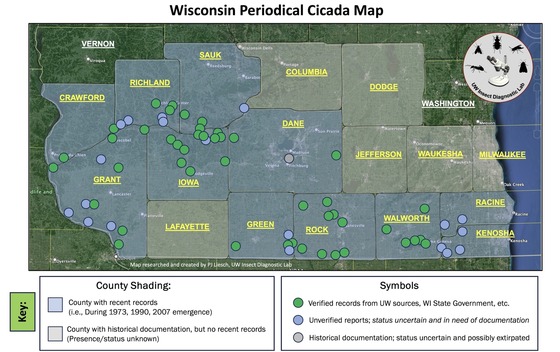 Map researched and created by PJ Liesch | UW Insect Diagnostic Lab
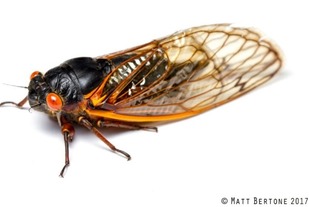
The sound of cicadas is often associated with the sound of summer here in Wisconsin. For some, this sound might be louder in 2024, as it’s time for a 17-year periodical cicada to make its appearance. In a few southern counties, Brood XIII, a group of periodical cicadas, will emerge after 17 years underground in its nymph stage, for a final molt before taking flight as an adult. Most cicadas here in the United States have a multi-year lifecycle, but only the periodical cicadas of the eastern states have synchronized emergence. Much of this long lifecycle is spent underground feeding on roots, with only the last few months of their life occurring above ground as adults.
Making news this year are two broods which will co-emerge, an event that hasn’t happened since 1803. There are 15 broods of periodical cicadas, with some emerging every 17 years and the others every 13 years. This year in late May and into June, Brood XIII of the upper Midwest and Brood XIX of the lower Midwest and South will emerge together. Periodical cicadas are black with orange on the wings and legs and their eyes are distinctly reddish. They're also slightly smaller than the annual "Dog Day" cicadas we're used to seeing every year in the Midwest during the hot "dog days" of summer in July, August, and into September.
Aside from the excitement of witnessing an uncommon ecological event, some may be fearful of the impact these critters will have on them and their plants. Cicadas are unable to bite, nor can they sting, making them harmless to people. Additionally, cicadas aren’t typically considered plant pests. Adult cicadas have the potential to cause injury by sucking plant fluids and excavating Y-shaped egg slits on twigs, which if done in high numbers, could stress young or weakened trees. If you are in an area with high cicada emergence and are concerned about young plants, using a barrier such as garden netting or plant mesh will prevent the cicadas from reaching the plant.
If you have questions about periodical cicadas or want to report a sighting, please visit the University of Wisconsin-Madison Periodical Cicada webpage.
|
_____________________________________
|
|
|
Volunteers attend a workshop to learn about invasive species ID and control | WIFDN Anne Pearce
The Wisconsin First Detector Network (WIFDN) is a statewide initiative spearheaded by the University of Wisconsin-Madison, dedicated to monitoring and managing invasive species in natural ecosystems. WIFDN engages a diverse network of volunteers and professionals, including researchers, land managers, tribal communities, and community scientists around terrestrial invasive species issues. WIFDN’s goal is to teach individuals how to identify invasive species and report their presence in the landscape of Wisconsin. This is a crucial role as it can help promote early detection and rapid response to limit long-term impacts. Over 10 years, the network has hosted 240+ events with over 8,000 participants and contributed 35,000+ positive records.
At the core of WIFDN's activities is sharing comprehensive data on terrestrial invasive species occurrences and control, accessible through their website at https://fyi.extension.wisc.edu/wifdn (or just Google “WIFDN”). Users can access factsheets, videos, and a tools page with interactive maps (WISTIPP) and a detectability calendar. People can also sign up for a newsletter to stay informed of the development of new resources and emerging species of interest.
One new threat that WIFDN is particularly concerned about is the spotted lanternfly (SLF), a sap sucking invasive insect species with the potential to cause significant damage to Wisconsin's forests and agriculture. We search for potential host sites via another invasive species, tree of heaven (TOH). SLF prefers TOH as a host when laying egg masses, as rearing young on the toxic chemicals in the tree increase their unpalatability to native predators.
WIFDN strives to work in collaboration with partners. This ensures that local knowledge and perspectives are integrated into invasive species programming, fostering a more inclusive and effective approach to conservation. Through participatory science initiatives, targeted surveillance efforts, and timely publications, WIFDN creates resources that will serve all of Wisconsin for years to come.
--Contributing author Matthew Wallrath, Wisconsin First Detector Network Coordinator
_____________________________________
|
|
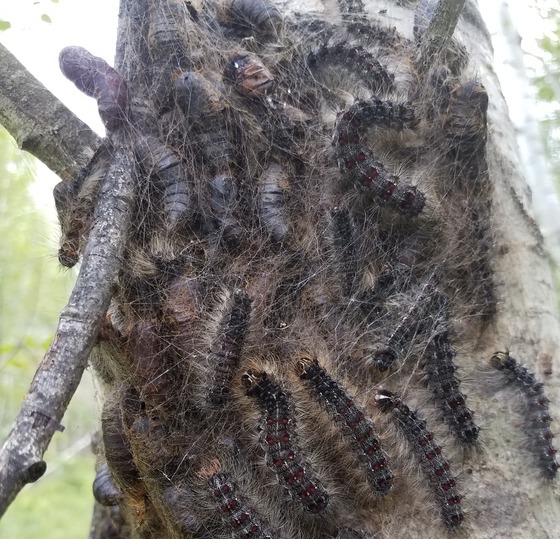 Tree teeming with spongy moth caterpillars and pupal cases | DATCP image
Spongy moth (Lymantria dispar) is a non-native insect found in Wisconsin and many eastern states. Where spongy moth is established in the eastern two-thirds of Wisconsin, it has been a periodic public nuisance and damaging forest pest. Last summer, caterpillar populations reached record levels. It is unclear if the outbreak phase will continue in 2024. Besides noticeable tree defoliation, the harmful effects of spongy moth also include the cost of removing dead trees; potential loss of property value; and irritation of the eyes, skin, and respiratory system in humans, caused by the allergenic bristly skins shed by the caterpillars. Aerial treatments on new populations are the most efficient and effective method to slow the impacts associated with spongy moth establishment and outbreaks.
DATCP is treating select areas in western Wisconsin counties shortly after caterpillars hatch, with aerial spray applications beginning Monday, May 13. Additional treatments will occur in mid-summer during their mating season, as part of the National Slow the Spread program. This program focuses on preventing spongy moth from establishing in areas where populations are otherwise low or nonexistent. Residents in and near treatment sites can expect to see and hear loud, low-flying planes as early as sunrise. These aerial treatments are the safest, most efficient, and effective method to slow the moth’s spread and impact.
From mid-May to early June, the planes will spray Bacillus thuringiensis var. kurstaki (Btk), a naturally occurring soil bacteria which kills spongy moth caterpillars feeding on tree foliage. Btk is not toxic to people, bees, pets, or other animals and is also used in certified organic food production. The counties scheduled to receive Btk treatments are Buffalo, Barron, Chippewa, Crawford, Dunn, Grant, Iowa, Lafayette, and Rusk.
In late June to mid-July, planes will spray an organic, biodegradable spongy moth mating disruptor. These pheromone treatments reduce populations by limiting the ability of male moths to locate female moths. The counties scheduled to receive aerial sprays of this mating disruptor are Dunn, Grant, and Lafayette.
Maps of treatment areas are available at https://smaerialspray.wi.gov. To receive up-to-date information on treatment plans, sign up for email updates, call the toll-free spongy moth hotline at (800) 642-MOTH, or email questions to spongymoth@wisconsin.gov.
_____________________________________
|
|
|
Ash tree with damage from emerald ash borer larval galleries | Dontmovefirewood.org
As we get ready for camping season this year, remember that firewood can transport destructive pests and diseases to your favorite campground. Just one firewood log can easily hide invasive insects such as emerald ash borer (EAB) or spongy moth, and it could also harbor harmful fungal diseases such as oak wilt. Firewood coming from outside of Wisconsin could even introduce invasive pests we don’t have, such as spotted lanternfly or Asian longhorned beetle (ALB). Help us stop the spread of these tree-killers and protect Wisconsin’s forests.
How you can help:
- Leave uncertified firewood at home.
- Buy local or DATCP/USDA certified firewood.
- If you have moved firewood, burn all of it before leaving your campsite.
- Don’t take uncertified firewood home with you.

Look for this seal (image left) on the firewood label to know if it has been certified by DATCP.
The following Wisconsin firewood rules apply to the movement of firewood into and/or within the state:
- Wisconsin prohibits the entry of uncertified firewood out of any areas that are under quarantine for regulated forest pests, including ALB, spongy moth, and mountain pine beetle.
- State and federal authorities prohibit the export of uncertified firewood out of areas within Wisconsin that are quarantined for spongy moth.
- Wisconsin DNR regulates that Department-owned properties, such as state parks, only allow firewood that originates within 10 miles of the property or is DATCP certified (For more details, visit DNR - Firewood rules and resources).
- Chequamegon-Nicolet National Forest prohibits the possession, storage, or transport of uncertified firewood that originates more than 25 miles from your campsite.
- If moving firewood into or through Tribal properties, contact the tribe for their policies.
*Note that each campground can have their own firewood rules. Know the rules for your destination before bringing firewood.
|

When in doubt, buy it where you burn it. To find local firewood vendors in Wisconsin, visit Firewood Scout. To learn more on why not to move firewood, check out DontMoveFirewood.org. Visit DATCP’s firewood webpage for information on rules for moving firewood in Wisconsin, as well as our firewood certification program DATCP - Firewood. Contact DATCP’s Forest Pest Regulatory Coordinator, Meg Sanders, with your firewood questions. Call or text Meg at (715) 891-8158 or email her at MeganT.Sanders@wisconsin.gov.
|
_____________________________________
|
|
|
Symptoms of tobacco rattle virus on bleeding heart | DATCP image
This is part 3 of a brief series on virus transmission methods to consider when working with plants.
There are many ways that viruses can spread between plants. They can be spread through insect vectors or mechanically. Another way viruses can be spread is through propagation.
Symptoms of viral disease vary widely depending on the particular virus and host. Typical leaf symptoms include mosaic patterns, color bleeding along veins, chlorotic or necrotic lesions, ringspots, leaf rolling, curling, stunting, or other deformation.
Viruses can be spread through all types of vegetative propagation, by division, cuttings, through tubers, bulbs, or grafting if the material is sourced from infected plants. Tissue culture is also vulnerable to virus transmission if the mother stock is infected. Virus transmission can also occur ‘vertically’ through seeds or pollen from infected plants for some viruses. A few examples of viruses known to spread through propagation include iris severe mosaic virus on iris, hosta virus X (HVX) on hosta, and tobacco rattle virus (TRV) on Lamprocapnos (also known as Dicentra or bleeding heart). TRV is of special concern in Wisconsin, as it can spread to potatoes where it causes corky ringspot disease.
When buying in stock, especially herbaceous perennial plants, make sure you are buying from reputable producers who have high standards of testing and sterility for their mother stock.
Make sure to always disinfect tools, hands, and equipment after handling plants. Wear disposable gloves, booties, or suits to make clean up easier. Properly dispose of plants symptomatic for virus to prevent spread to other plants. Plants infected with virus cannot be sold since there are no curative treatment options for virus-infected plants.
Learn more about the symptoms plant viruses cause on ornamental plants in our newly updated extensive Gallery of Ornamental Plant Virus Symptoms.
_____________________________________
|
|
|
If you are one of our nursery grower, nursery dealer, or Christmas tree grower license holders, at some point, your local nursery inspector may have collected a plant sample for diagnostic work at our Plant Industry Bureau (PIB) Laboratory. Once the diagnosis is complete, sample results are returned to you via email.
This year, PIB Lab Pathologists will use the National Plant Diagnostic Network (NPDN) diagnosis confidence levels terminology (confirmed, suspected, not detected, and undetermined) when reporting laboratory results. These terms replace the positive and negative terms used previously. The Lab is implementing this change to align with NPDN standards and improve reporting accuracy to growers.
Here is a synopsis of the terminology:
Confirmed - The diagnosis was derived using molecular technologies, serological testing, morphological observations, and/or other techniques as listed in the NPDN Lab Method Dictionary which allowed for the confirmation of the organism to a taxonomic level including order, family, genus, species and/or race or pathovar.
Suspected - Symptoms of a specific plant problem were present but evidence of that causal agent could not be confirmed at this time.
Not Detected - The pathogen/pest was not detected on this sample at the time of testing using molecular technologies, serological testing, morphological observations, and/or other techniques as listed in the NPDN Lab Method Dictionary.
Undetermined - Although a suitable sample was received, a reliable result could not be achieved.
The DATCP PIB Lab supports DATCP’s Christmas tree, Nursery, Pest Survey, Phytosanitary, Potato, and Agrichemical Management programs, processing 626 plant samples for diseases and 50 samples for insect and mite concerns in 2023.
Homeowners looking for plant pathology or insect identification help can submit plant samples to the UW Plant Disease Diagnostics Clinic. Insect samples can be submitted to the UW Insect Diagnostic Lab.
_____________________________________
|
|
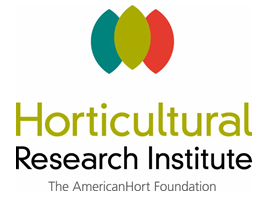 |
|
Box Tree Moth Demystified - May 15, 2024, 12:00 p.m.
Seeking to fortify your expertise in identifying and managing Boxwood Tree Moth (BTM)? Join us for an in-depth webinar focused on the nuances of BTM identification, lookalikes, controls, trapping, and scouting. Register here.
|
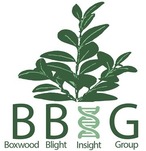
Boxwood Blight Insight Group (BBIG): Sanitation and Nursery Practices - May 30, 2024 12:00 p.m.
This educational session aims to equip nursery producers, gardeners, and plant health professionals with vital knowledge and strategies to combat the pervasive threat of Calonectria pseudonaviculata, the fungus responsible for the devastating boxwood blight. Register here.
|
_____________________________________
|
|
|
|
|